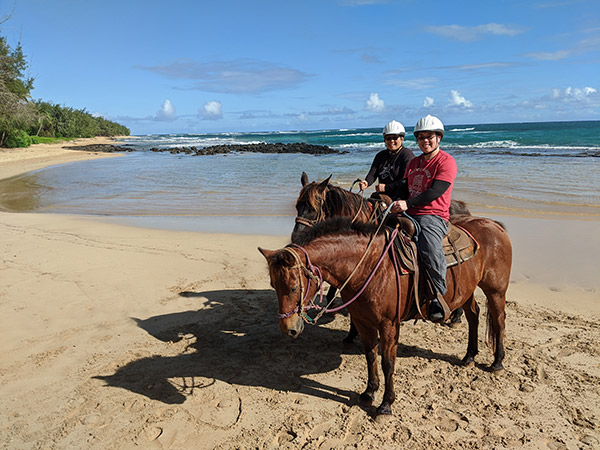Smart Instructional Design, Part I: Introduction and Concepts
Is it slick? Is it shiny? Is it wow? Is it new? Sure, you want your online learning tools to look good and fancy to initially attract participants. But how will your program retain an engaged audience and foster practical learning outcomes after the “wow” factor has worn off?
Types of online learning programs that can greatly benefit from these tips include sales and customer service training modules, employee onboarding materials dissemination and specialized human resources courses.
Keep goals top of mind
Yes, packaging matters. Graphics, presentation and layout make a difference in how people absorb core content. (That’s why you should have a brand book and plan your visual presentation style accordingly.) But if that’s all you got – pretty images and nice fonts – your learners aren’t going to absorb a thing.
When you dive into your online project first (and always!) consider the main takeaway for your audience. What must they learn to achieve success? What do you hope for them to have gained after participating in your course? What best practices should join their expanding toolkits? And why? The what and the why of your learning program will guide its overall design – then you can decide how to best package content that matters.
Drive success with compelling core content
Once you’re clear on intended end results, you’ll more readily sift through appropriate content to lead people to those goals. Content is key. And, practical application of that content helps participants not only understand core concepts, but critically think about how to use new information in their professional, academic or personal roles. Make sure the information you’re planning to disseminate actually plays a role in real-life situations to spark enthusiasm and encourage retention.
Learners first
A learner-centered approach is mission critical in instructional design. You’ve got to know your learners and their needs in order to create materials that learners find accessible. Online audiences must be immediately inspired to do something with core content or the learning opportunity is lost. This inspiration stems from a what’s in it for me? approach. (Me = your program participants, not you, the facilitator of learning).
Empower your people. Keep their interests in mind, provide compelling ideas and set realistic goals. When you focus on these areas each step of the design process – from curricula and materials development to good UX – your program will really have something to offer.
This is part I of a three-part blog series on tips to provide successful online learning experiences for students/users.






























































